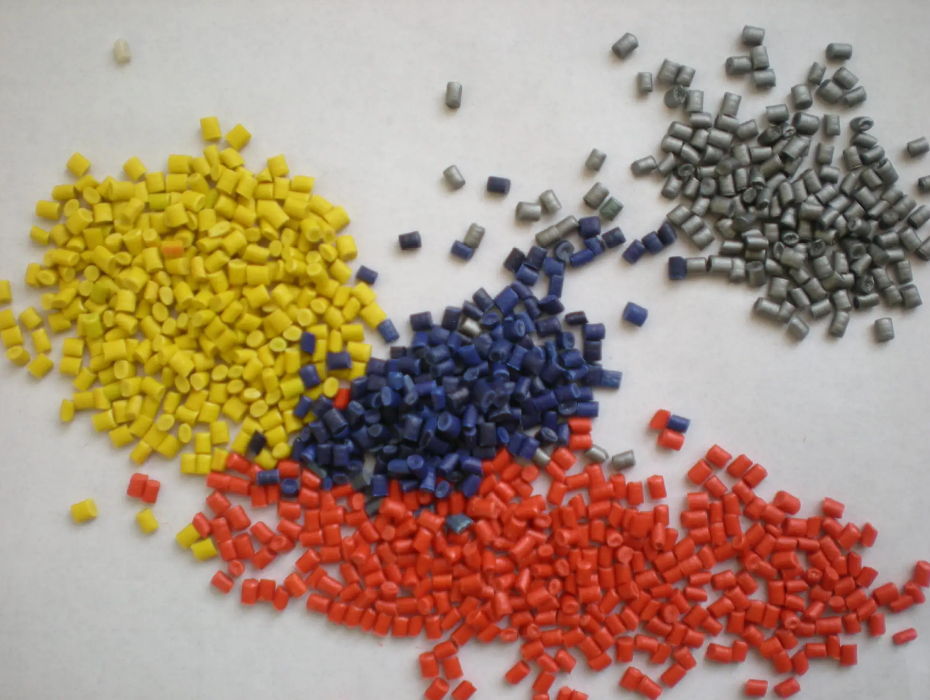How can you tell if a material is biodegradable? Three indicators need to be looked at: relative degradation rate, final product and heavy metal content. One of them doesn’t meet the standards, so it’s not even technically biodegradable.
At present, there are two main types of pseudo-degraded plastics: concept substitution and residue after decomposition. The main reason for producing a large number of fake degradable plastics is that the plastic restriction policy has driven the steady growth of domestic demand for degradable plastics. At present, the “plastic restriction” is only completely prohibited on plastic straws, and the domestic degradable capacity can be covered. In the future, degradable materials will be gradually rolled out and used on all catering utensils, and the relationship between supply and demand needs to be gradually matched, but standards and supervision are lacking. Coupled with the high price of real degradable materials, businesses are driven by interests, consumer identification ability is weak, resulting in false degradation.
1. The concept of non-degradable plastic is changed
The traditional plastics and various degradation additives or biobased plastics are mixed together, and the concept of “food-grade materials” and “environmental protection products” is replaced. The actual degradation rate is low in the end, which does not meet the requirements of degradable products and biochemical standards.
Wu Yufeng, a professor at the Institute of Circular Economy at Beijing University of Technology, said in an interview with Consumption Daily that “food grade” is only a national standard for the safety of raw materials, not an environmental certification. “When we talk about ‘biodegradable plastics,’ we mean plastics that, under certain conditions, eventually break down completely into carbon dioxide or methane, water and other biomass. In reality, however, many so-called ‘biodegradable plastics’ are hybrid materials that combine conventional plastics with various degradation additives or biobased plastics. In addition, some plastic products even use non-degradable plastic raw materials, such as polyethylene, add oxidation degradation agent, photodegradation agent, claimed ‘degradable’, ostentatizing the market, disturb the market.”
2. Residue after decomposition
Adds a certain proportion of starch, through the physical properties of starch biodegradable materials collapse, PE, PP, PVC, etc of the decomposed not only cannot be absorbed by the environment, but because not visible to the naked eye will always remain in the environment, not only conducive to plastic recycling and cleaning, fragmentation of plastic into will produce greater harm to the environment.
For example, D2W and D2W1 are oxidized biodegradation additives. Plastic bags made of PE-D2W and (PE-HD)-D2W1 are typical oxidized biodegradation plastic bags, said Liu Jun, director of the Shanghai Institute of Quality Supervision and Inspection Technology and a professor-level senior engineer, in an interview with Beijing News. It is included in the current GB/T 20197-2006 classification of degradable plastics. But the process of degrading such plastics is that the big ones get smaller and the small ones break down, turning them into invisible microplastics.
Post time: Nov-03-2022





